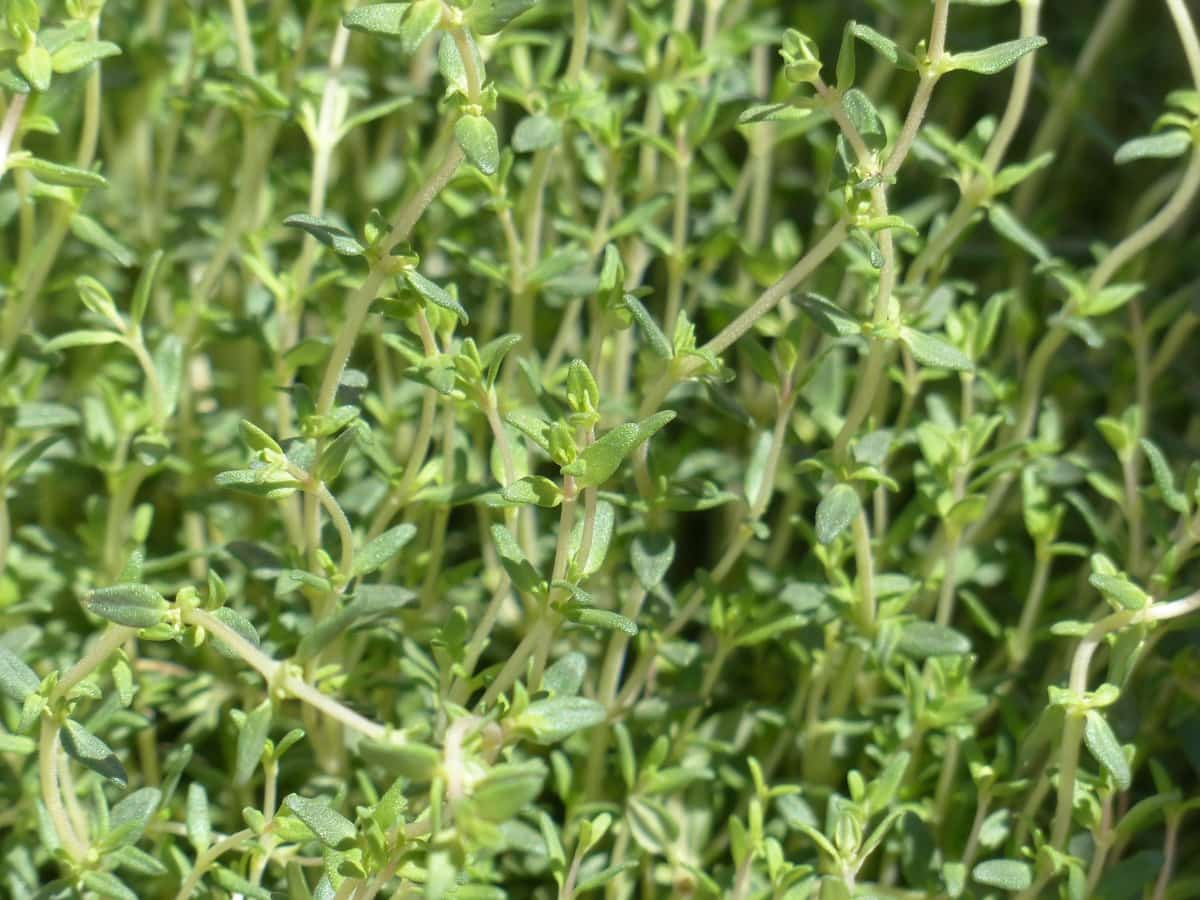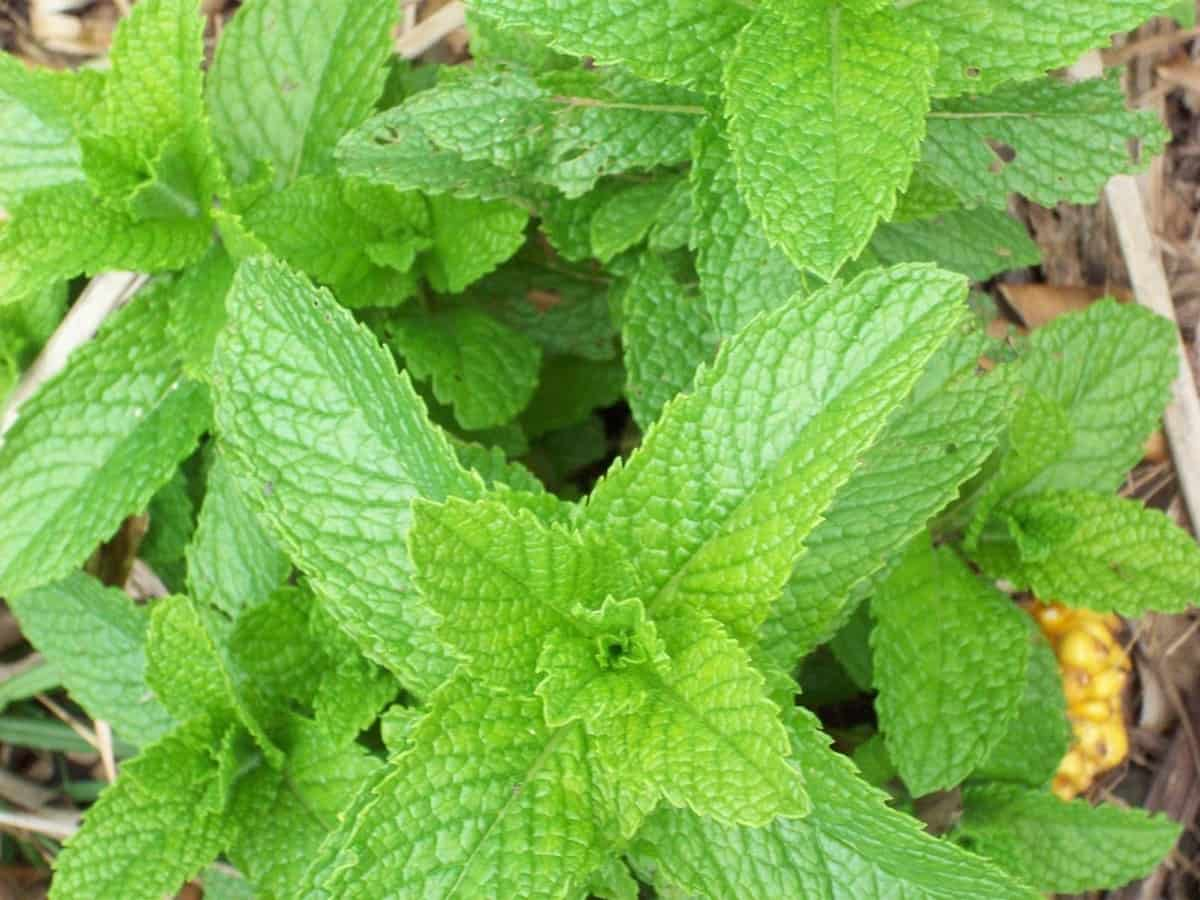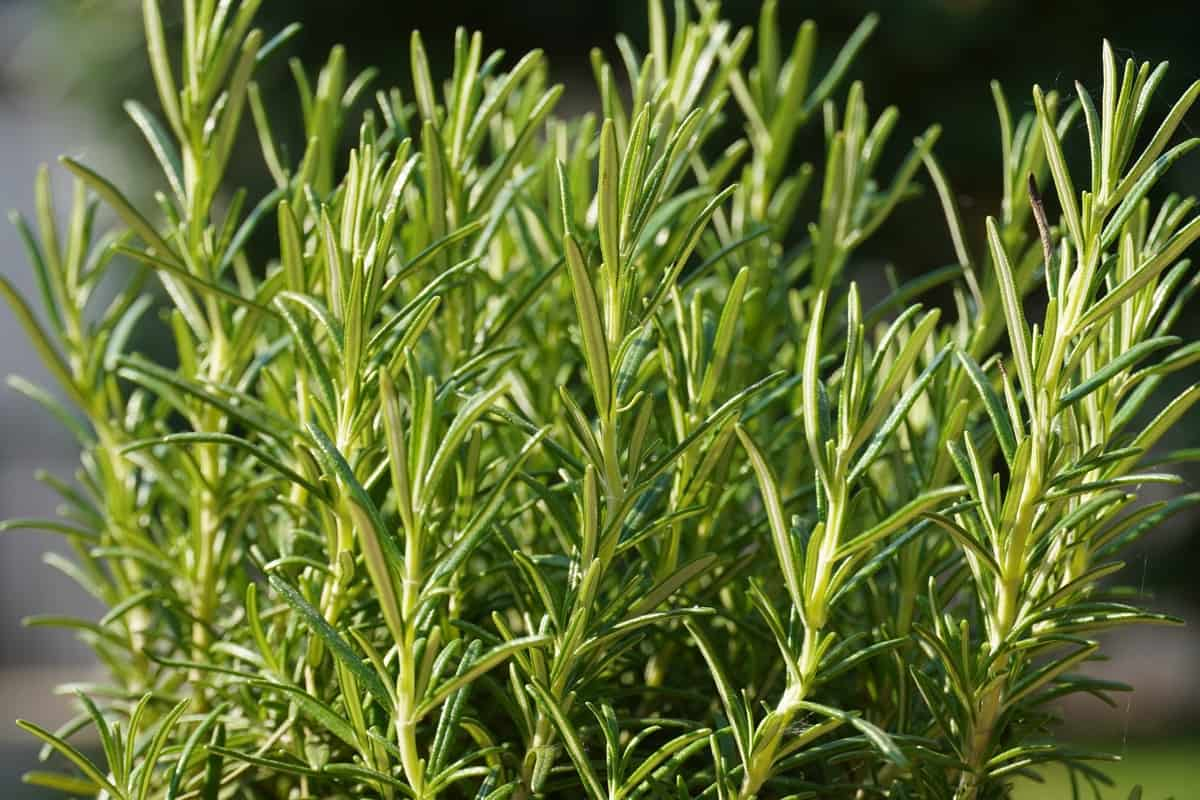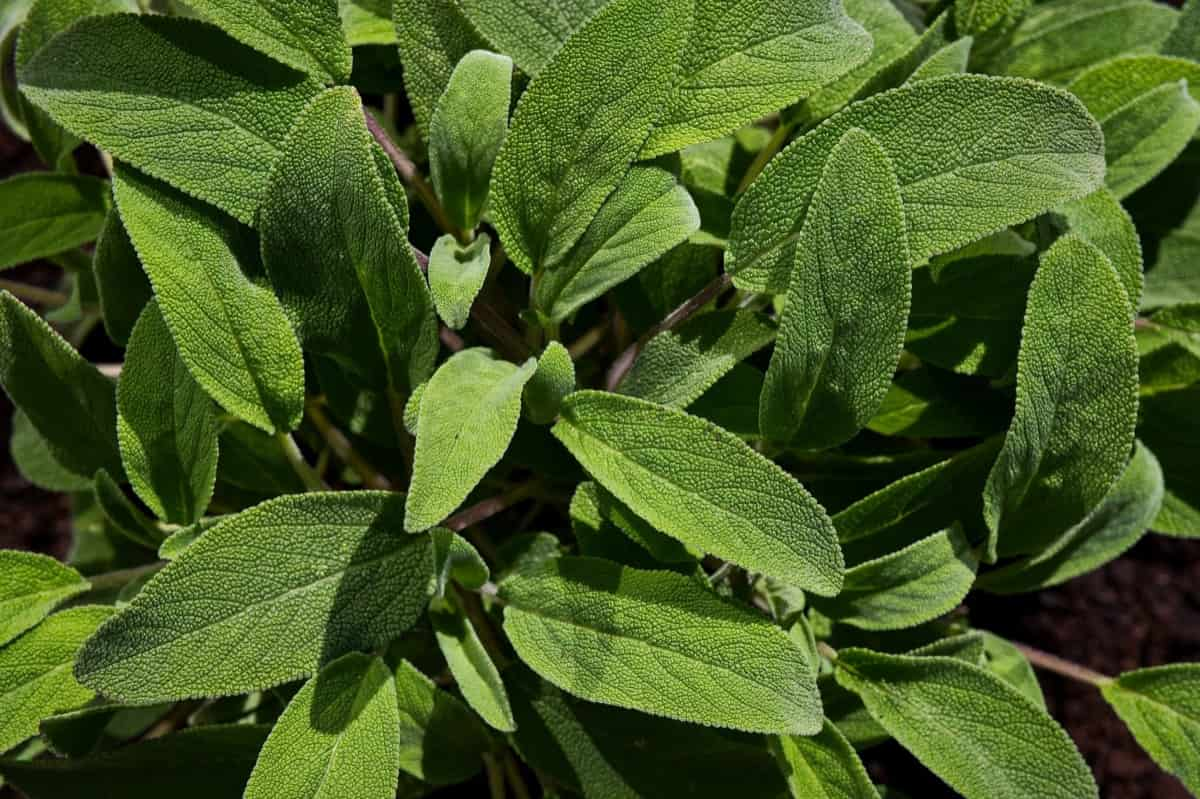If you’re looking for a way to start your herb garden without spending much money, look no further. Growing herbs from cuttings is an effective way to start gardening without spending too much. Not only is it easy to do with just a few supplies, but it’s also incredibly cost-effective. Growing herbs from cuttings can be an easy and rewarding way to add some greenery to your home.
With the right conditions and care, you can easily propagate various herb plants you can use in the kitchen or give away as gifts. Growing herbs from cuttings is an easy and cost-effective way to have a bountiful herb garden. Whether you want to expand your existing herb garden or start growing some fresh herbs, taking cuttings is the perfect way to start. Many herbs grow best from cuttings, so it’s important to understand which works best in this process.
13 herbs that grow best from cuttings
Lemon Verbena
Lemon Verbena is a hardy herb that can be grown from cuttings. To take a cutting, snip off a 6-8-inch piece of stem from a healthy plant. Remove the leaves from the cutting, and dip the cut end in the rooting hormone. You should plant the cuttings in a pot filled with moistened potting mix and place it in a sunny location. Keep the soil moist; roots will form within 2 to 3 weeks, and new growth will appear.
Thyme
Thyme is an herb that grows best from cuttings. When taking cuttings from Thyme, use sharp, clean shears or a knife. Cut the stem at a 45-degree angle just below a leaf node. The ideal cutting length for Thyme is 4-6 inches. To propagate Thyme from cuttings, fill a pot with moistened perlite, vermiculite, or sand. Dip the cut end of the Thyme cutting in rooting hormone and insert it into the growing medium. You should keep the cutting moist and in a warm location out of direct sunlight until new growth appears.
In case you missed it: 21 Best Herbs for Container Gardening: Tips, Ideas, and Techniques

Stevia
Stevia is a sweet herb used to add sweetness to foods and drinks. It is also known for its ability to help regulate blood sugar levels. It is best to use fresh, young Stevia plants when taking cuttings. To take a cutting, cut off a stem that is around 6 inches long. You can place the cutting in a glass of water and sit in a sunny spot. Keep the water fresh by changing it every few days. After a week or so, you should see roots from the stem. Once the roots are 2 inches long, you can transplant the cutting into some potting soil. Stevia can also be propagated by seed, but cuttings are generally easier and produce faster results.
Lavender
Lavender is a popular herb with many uses, from fragrances to culinary dishes. Lavender grows well in full sun and well-drained soil. When grown from cuttings, it is important to take care of the plant, so it doesn’t become leggy or woody. The perfect time to take cuttings is in early summer when the weather is warm and the days are long.
Make sure that the cutting has at least two sets of leaves. Dip the cutting into the rooting hormone, then place it in a perlite or vermiculite mixture. You should cover the pot with plastic wrap to create a humid environment for the cutting. Keep an eye on the cutting and water it as needed to keep the perlite or vermiculite moist but not soggy. In 4-6 weeks, you will see new growth appearing on the Lavender cutting, at which point you can transplant it into its pot or your garden.
Marjoram
One of the great things about herbs is that many can be propagated from cuttings. If you have a friend with a bountiful herb garden, you can take some cuttings and grow your plants. Marjoram is one herb that grows very well from cuttings. To take a cutting, find a healthy stem on the plant and snip it off with a sharp knife or gardening shears. The cutting should be about 4 inches long.
In case you missed it: Cool-season Plants for Pollinators: Vegetables, Flowers, Fruits, Shrubs, and Herbs

Remove any leaves from the bottom of the cutting, and dip the bottom in rooting hormone powder. Next, fill a small pot with sterile potting mix, and place the cutting into the hole. Keep an eye on the soil’s moisture level and keep it moist but not soggy. In 2 to 4 weeks, you should see new growth in your cutting. Once this happens, you can transplant it into a larger pot or garden bed.
Mint
Mint is a hardy herb that can be propagated from cuttings taken from the tips of new growth. You can take cutting by using a sharp knife or pruning shears to remove a 4-6-inch section of stem from the plant. Make sure to take the cutting from new growth that has not yet flowered. Once you have your cutting, remove the bottom leaves so that only the top leaves remain. Dip the Mint cutting in the rooting hormone and plant it in a pot. Place the pot in a sunny location. In 4-6 weeks, your Mint cutting should have rooted and be ready to transplant into your garden.
In case you missed it: Soil pH Levels for Vegetables, Fruits, Flowers, and Herbs: How to Lower and Increase Soil pH, Chart and Optimum Range

Lemon Balm
The Lemon Balm plant has green, lemon-scented leaves and white or pale pink flowers. Lemon Balm is used to flavor food and beverage and for its medicinal properties. The herb is easy to grow from cuttings and can be done any time of the year. You can take cutting by using a sharp knife or pruning shears to snip off a 4-6-inch stem from a healthy plant. Cut just below a leaf node, where new roots will form.
Strip off the lower leaves on the stem, leaving only 2-3 at the top. Dip the cutting in the rooting hormone. Place the cutting in a pot or container filled with moistened potting mix or sand. Place the pot in a sunny spot. In 2 to 4 weeks, you should see new growth emerging from the soil. At this point, you can transplant your new Lemon Balm plant into your garden.
Oregano
If you’re looking to grow Oregano from cuttings, you’ll be happy to know that this herb is very easy to propagate. All you need is a sharp knife or pair of scissors and a jar of water. You should take a 4-inch cutting from a healthy Oregano plant, remove the bottom leaves, and place the cutting in the water. Change the water every few days; within 2-3 weeks, you will see roots beginning to form. Once the roots are formed, you can transplant your Oregano cutting into a pot filled with well-draining potting soil. Be sure to give it plenty of sunlight and keep the soil moist. With a little care, your Oregano plant will thrive and provide fresh herbs for cooking all season long.
In case you missed it: Grow Bag Size Chart in India: For Vegetables, Herbs, and Fruits

Basil
Basil is a popular herb that is commonly used in cooking. Basil is easy to grow from cuttings and is a good choice for beginners. To grow Basil from cuttings, you will need an existing plant to take a cutting. Cut a 4-6-inch stem from the plant, including at least 2-3 leaves. Place the cutting in a jar or glass of water, and put it in a warm, sunny location. Every few days, change the water to keep it fresh.
After a week, you should see roots beginning to form on the cutting. Once the roots are 2-3 inches long, you can transplant the Basil cutting into the soil. Choose a spot in your garden with plenty of sunlight and well-drained soil. Water your Basil plant regularly, and fertilize it once or twice during the growing season. With proper care, your Basil plant will thrive and produce an abundance of flavorful leaves for you to enjoy.
Rosemary
Rosemary is an excellent herb to grow from cuttings. You should take cuttings in the late spring or early summer when the plants are actively growing. Take cuttings from healthy, non-flowering stems that are about four inches long. Cut just below a leaf node with a sharp knife or pruning shears.
In case you missed it: How to Start a Terrace Garden from Scratch in Pune/Maharashtra: For Vegetables, Fruits, Flowers, and Herbs

Strip off the bottom leaves so you’re left with two or three at the top of the cutting. Dip the end of the Rosemary cutting into rooting hormone. Stick the cutting into a well-drained potting mix and water lightly. In four weeks, you should see new growth emerging from the top of the cutting, at which point you can transplant it into your garden or larger pots.
Watercress
Watercress is one of the best herbs to grow from cuttings. This hardy little plant is easy to propagate and will produce an abundance of fresh leaves for use in salads, soups, and other dishes. You should choose a healthy plant to take Watercress cuttings. Strip away the lower leaves, leaving you with a bare stem. Fill a small pot or container with moist soil or sand, and insert the cutting about an inch deep.
In a few weeks, you will see new growth emerging from the top of the cutting. Once your Watercress plants are established, they will need plenty of water to keep them growing strong. Be sure to give them a weekly watering, and if possible, set them up near a source of running water so they can get the additional moisture they need.
Sage
Sage is a hardy herb that can be grown from cuttings. It prefers full sun and well-drained soil. You can take a cutting by using a sharp knife or pruning shears to remove a 4-6-inch stem from the parent plant. Strip off the lower leaves, leaving two or three at the top of the stem. Dip the cut end of the Sage cutting in rooting hormone, then plant it in a pot. Keep the pot in a warm location from direct sunlight and water regularly to keep the perlite or sand moist but not soggy. In four weeks, your Sage cutting should have rooted and be ready to transplant into your garden.
In case you missed it:

Tarragon
Tarragon grows best in full sun to partial shade and well-drained soil. It is tolerant of drought and poor soils. To propagate Tarragon, take stem cuttings from new growth in spring or early summer. You should take cuttings 4-6 inches long from healthy, non-flowering stems. Dip the cutting in the rooting hormone, then plant in a moist potting mix. Keep the cutting moist, and place the pot in a warm location from direct sunlight. The cutting should root within 2-4 weeks. Once rooted, transplant to individual pots or outdoors in a sunny location.
Conclusion
Growing plants from cuttings can be a very rewarding and cost-effective way to stock your herb garden. With just a bit of knowledge about handling cuttings and caring for them once they’ve been planted, you’ll have success with any of these herbs you choose to grow from cuttings. By taking cuttings of your favorite herbs, you can create a garden filled with plants that will reward you with lush foliage and delicious flavor. With a little care and attention, your herb garden can soon overflow with the freshest ingredients for all your cooking needs. Get creative when planning out what types of herbs to grow from cuttings; the possibilities are endless.
- How to Grow Tomatoes Organically at Home: A Comprehensive Guide
- Organic Gardening on a Budget: Low-Cost Methods and Materials
- Gongura Seed Germination and Planting Methods
- Cabbage Seed Germination and Selection
- Broccoli Seed Germination and Selection
- Asparagus Seed Germination and Variety Selection
- Seasonal Flower Gardening: Best Practices for Spring, Summer, Fall, and Winter
- How to Grow Hibiscus from Flower
- Plantation Ideas for Home Decoration: A Beginners Guide
- Flower Garden Designs and Layouts for Beginners
- Planting and Spacing Techniques in Papaya: A Beginner’s Guide
- Growing Gold: Essential Techniques for Planting Pineapples
- How to Make Kalanchoe Plant Bushy: Home Remedies and Solutions
- 11 Reasons Why Your Gardenia is Not Blooming: Home Remedies and Solutions
- Eco Elegance: The Guide to Designing a Drought-Tolerant Landscape
- Gardening on a Slope: Strategies for Hillside Landscaping
- Nourish and Flourish: Top Organic Mulches for Thriving House Plants
- Everything You Want to Know about Indian Mogra Flower: Discover Uses and Growing
- Green Thumb Success: Expert Tips for Cultivating Greenhouse Pumpkins All Year Round
- Maximize Growth & Flavor: The Ultimate Guide to Companion Planting in Herb Gardens
- How to Control Rhododendron Problems Naturally: Home Remedies and Organic Ways to Fix Them
- Natural Magic: The Remarkable Benefits of Cinnamon for Plants
- Best Steps to Revive Dying Tulip with Natural and Organic Treatment
- 10 Reasons Why Your Angel Trumpet is Not Blooming: Remedies and Treatment
- How to Fix Periwinkle Leaf and Flower-Related Problems: Natural Remedies and Solutions
- How to Fix Zinnias Leaf and Flower Problems: Discover Natural and Home Remedies
- Organic Steps to Induce Lemon Tree Flowers: A Comprehensive Guide
- Bloom Booster: Crafting the Perfect Homemade Bougainvillea Fertilizer
- Optimizing Growth: A Guide to Applying NPK Fertilizer for Potted Plants
- 10 Best Homemade Fertilizers for Rubber Plant: DIY Recipes and Application Method
- How to Boost Female Pumpkin Flowers: Effective Steps for More Flowers and High Yields
- Transform Your Indoor Garden: Top Benefits of Pink Salt for Houseplants
- 10 Best Homemade Fertilizers for Peacock Plants (Calathea): Easy DIY Guide
- Unlock Blooms: 9 Reasons Why Your Potted Chrysanthemum is Not Blooming
- 8 Reasons Why Your Potted Hibiscus is Not Blooming: Fix it with Simple Solutions
- Unlock Blooms: 9 Key Reasons Your Potted Frangipani Won’t Flower